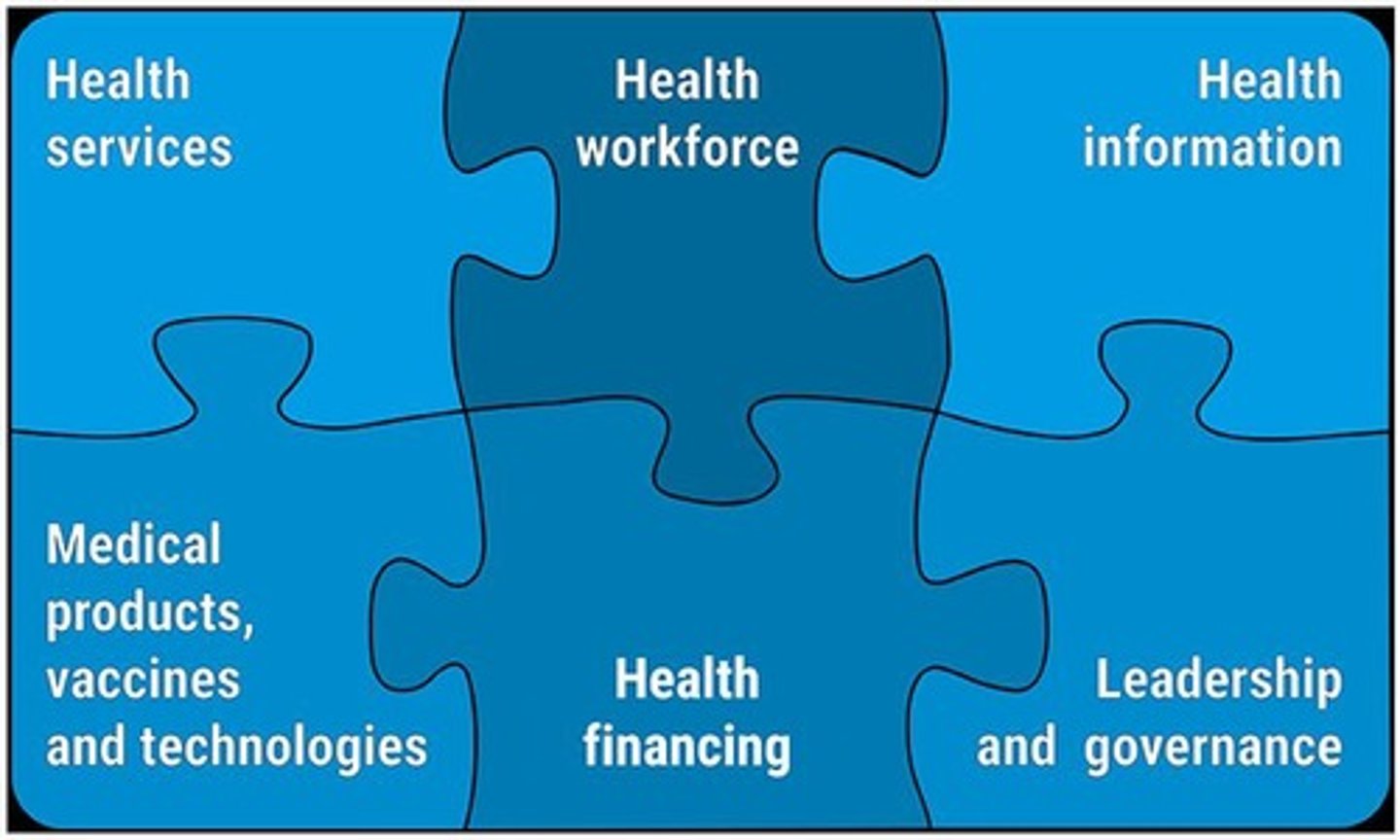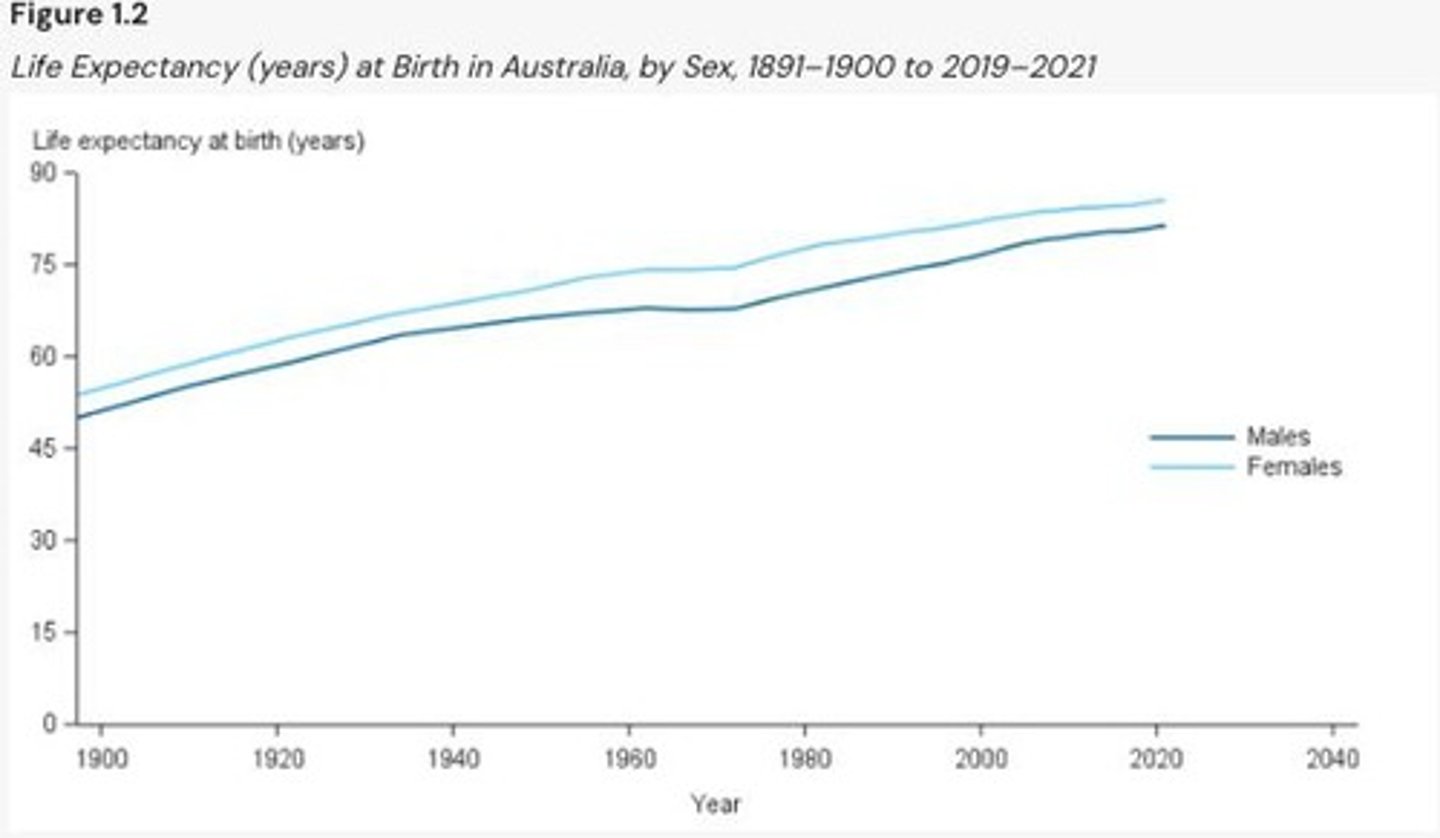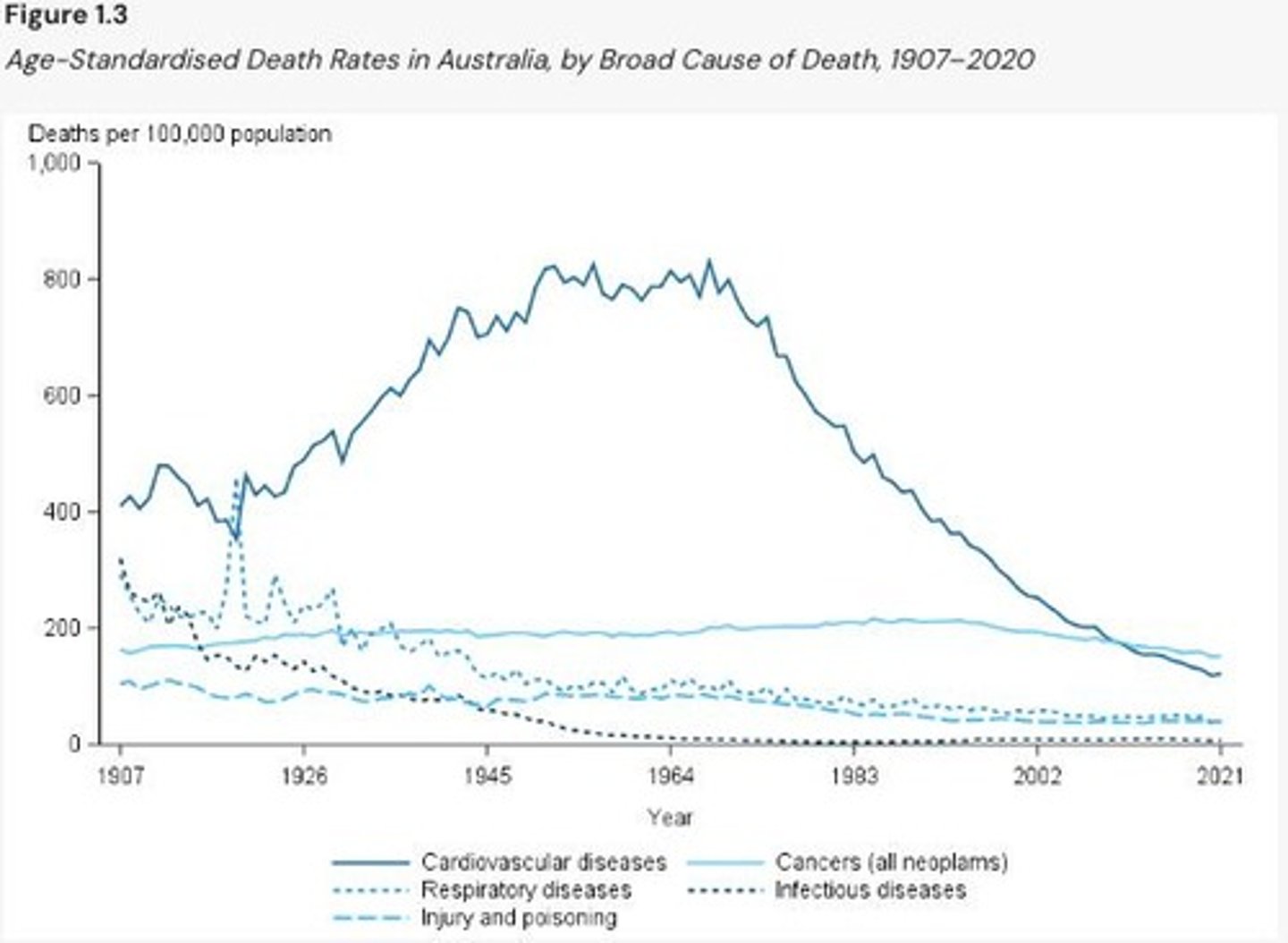WK 1 - Understanding Healthcare Systems and Their Impact
1/23
There's no tags or description
Looks like no tags are added yet.
Name | Mastery | Learn | Test | Matching | Spaced |
|---|
No study sessions yet.
24 Terms
Health System (WHO)
All the activities whose primary purpose is to promote health, including organisations, people and actions that seek to promote health.
Health Care System
Framed as the institutions that deliver population health services (e.g., hospitals, dental, physio, nursing, midwifery, etc).
Public Health Insurance
A program run by US federal, state, or local governments in which people have some or all of their healthcare costs paid for by the government. The two main types of public health insurance are Medicare and Medicaid.
Resilience (of the health system)
The capacity of health actors, institutions and populations to prepare for and effectively respond to crises; maintain core functions when a crisis hits; and learn during the crisis, reorganise if conditions require it.
Social health insurance
A scheme initiated by the government to serve as a source of financing to decrease the out-of-pocket burden on the people.
Universal health coverage (UHC)
Means that all people have access to the health services they need, when and where they need them, without financial hardship. It includes the full range of essential health services, from health promotion to prevention, treatment, rehabilitation and palliative care.
Welfare health care systems
The provision of services for the whole population to reach the entire population with the available health care.
WHO Health System Building Blocks
The roles of WHO to assist its member countries to strengthen their health system, which include workforce, service delivery, information systems, medical products, financing, and governance.

Health workforce
A part of the WHO building blocks. The people who work in the health system (nurses, doctors, other practitioners, personnel, etc.) who are responsive, competent, fair and efficient in achieving the best health outcomes possible.
Health services
A part of the WHO building blocks. Health care and public health services that are effective, safe, high quality and delivered to those that need them, when and where needed, with a minimum waste of resources.
Health information
A part of the WHO building blocks. Ensures the production, analysis, publishing and use of reliable and timely information on health determinants, health system performance and health status.
Medical products and technologies
A part of the WHO building blocks. Medicines, assistance devices, and specialised technologies that support health can be accessed equitably and are of proven quality, safety, efficacy and cost-effectiveness.
Health financing
A part of the WHO building blocks. Raising adequate funds for health services to ensure that people can access health services and are protected from falling into poverty as a result of ill health.
goals of the WHO health system
improved health, responsiveness, fairness and improved efficiency
Public vs Private Health Care
Australia has a largely public health care system providing universal coverage, whereas the US has a largely private system where citizens pay for services directly to providers.
Equity in Health Systems
Societies with more equal health systems tend to experience fewer health and social problems, while those with less equity tend to have more issues.
Life Expectancy in Australia
A boy born in Australia between 2019-2021 can expect to live to 81.3 years, while a girl can expect to live to 85.4 years.

Historical Life Expectancy Comparison
In 1891-1900, life expectancy was 51.1 years for boys and 54.8 years for girls, compared to 81.3 and 85.4 years respectively in 2019-2021.
Age-standardised Death Rates
The overall mortality rate showed an uneven decline until 1970, driven by the decline in deaths from infectious and parasitic diseases relative to cardiovascular disease.

Cardiovascular Disease Mortality
Since 1970, there has been a steady decline in overall mortality, overwhelmingly driven by success in preventing cardiovascular disease.
Cancer Mortality Trends
There has been no real trend in cancer mortality since 1990, reflecting the rise and fall of the smoking epidemic.
Health System Sustainability
Health system sustainability is characterized by an imbalance between the perceived obligations of the health system and society's ability to meet these obligations.
Government Funding in Health Care
A significant proportion of health care in Australia is funded by governments, which play a role in determining access to treatment.
Mortality Rate Decline
The decline in overall mortality rates has been influenced by various health interventions and improvements in health care.